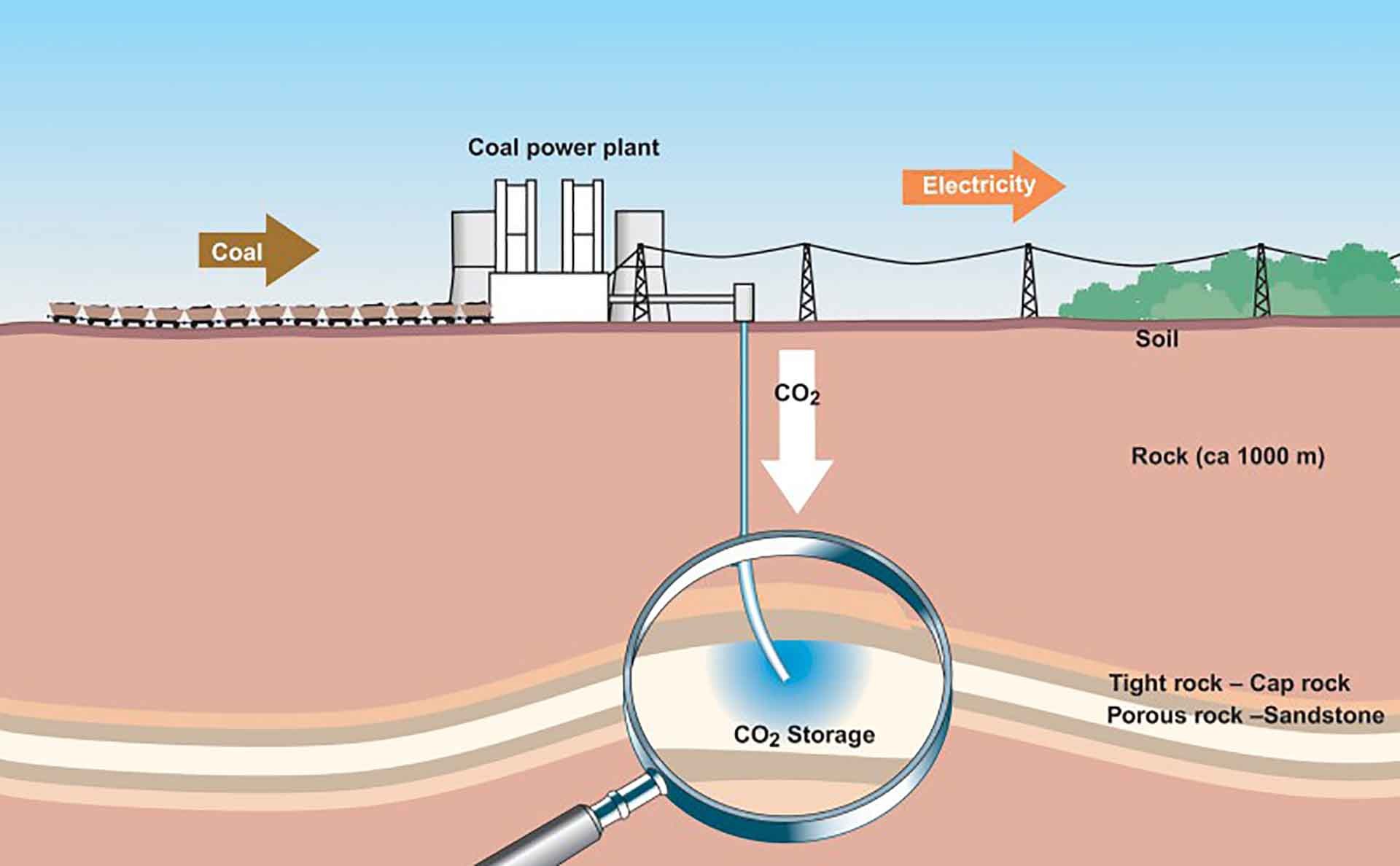 |
| Schematic illustration of CCS carbon capture and storage technology. (Source: IEA) |
Power plants and factories around the world are major contributors to CO2 emissions, leading to global warming.
Scientists are studying the possibility of capturing CO2 before it is released into the atmosphere using carbon capture and storage (CCS) technology. CCS is the process of capturing gases produced by burning fossil fuels, separating the CO2 from other gases, and sending it to storage.
The importance of CCS technology is mentioned in the International Energy Agency (IEA) report on the target of net zero CO2 emissions by 2050.
The IEA estimates that to reduce net CO2 emissions to zero by 2050, about 7.6 billion tons of CO2 will need to be captured each year, with 95% of the total captured CO2 being permanently stored geologically and 5% being used to create synthetic materials or create other products. Currently, the amount of CO2 stored worldwide is only about 43 million tons/year.
Japan and China lead
Japan is one of the leading countries in implementing CCS technology. The CCS Tomakomai project has been implemented in the cherry blossom country since 2012, in Tomakomai city, by Japan CCS Co., Ltd. (JCCS).
Project implementation location - Tomakomai city, mainly developing industry, fisheries, paper production and petroleum.
During the pilot phase, the project achieved its goal of capturing 0.3 million tons of CO2 and storing it permanently in geological layers on the ocean floor. The project is continuing to be completed to be ready for large-scale CO2 storage from 2030.
In China, on June 2, China Energy Investment Corporation (China Energy) announced the launch of Asia's largest carbon capture, utilization and storage (CCUS) plant in the coal-fired power sector in Jiangsu Province. China Energy stated that the plant is connected to the Taizhou coal-fired power plant and has the capacity to capture 500,000 tons of CO2 per year.
Mr. Ji Mingbin, President of China Energy Jiangsu Branch, emphasized that during the project's trial operation, the CCUS system showed good performance and high safety standards. The energy efficiency and product quality indicators were equal to or exceeded the original design.
Mr. Ji Mingbin revealed that both the emitted and captured CO2 can be used because China Energy has signed contracts with eight companies. The captured CO2 can be used to produce dry ice and shielding gas for welding.
These projects are part of China's efforts to achieve its goal of carbon neutrality by 2060.
Prospects in Vietnam
In Vietnam, CCS technology has recently received great attention from policy makers, especially after Vietnam's commitment to zero net emissions by 2050 and support for the "Global Coal-to-Clean Electricity Transition Declaration" at the 26th Conference of the Parties to the United Nations Framework Convention on Climate Change (COP26) in 2021.
CCS technology is mentioned in many important documents and policies of the Vietnamese Government. In the Decision approving the National Strategy on Climate Change for the period up to 2050 (No. 896/QD-TTg dated July 26, 2022), it is stated: "Research and apply CCS technology to fossil fuel power plants and industrial production facilities".
On June 28, Vietnam Petroleum Institute (VPI) and Smart Geophysics Solutions JSC (SGS) jointly organized an international scientific conference on "Experimentation and simulation of carbon capture, utilization and storage" (CCUS Experiment and Modeling).
According to Associate Professor Dr. Pham Huy Giao, Director of SGS, the application of CCUS to achieve the goal of reducing CO2 emissions to zero is still in its infancy, especially in developing countries like Vietnam. “CCUS research needs to be implemented in a complete roadmap and the first task is to build a CCUS research process in the laboratory and simulate the transport and storage of CO2 underground,” he said.
Previous studies on CCS provide preliminary assessments of the feasibility of CCS deployment, especially in enhanced oil recovery. In 2011, Vietnam became the first country in Southeast Asia to successfully implement an enhanced oil recovery project using CO2 at Rang Dong field in the Ba Ria - Vung Tau sea area.
With a commitment to achieve net zero emissions by 2050, Vietnam identifies the importance of CCUS in reducing greenhouse gas emissions as stated in the National Strategy on Climate Change to 2050.
According to Dr. Nguyen Minh Quy, Deputy Director of VPI, the results of VPI's recent research on CO2 sources and potential CO2 storage locations show the opportunity to develop a complete CCUS chain including CO2 capture, transportation, use and storage.
Specifically, VPI forecasts that by 2030, CO2 emissions will be reduced by 6% by converting CO2 to other substances (urea, methanol, ethanol, etc.).
Research by Dr. Phung Quoc Huy - Asia-Pacific Energy Research Center shows that the CO2 storage capacity in some coal seams in Quang Ninh ranges from 12m3 CO2/ton of coal to 22m3 CO2/ton of coal. Thus, Vietnam can form CO2 storage areas by region and cluster to minimize construction and transportation costs.
For coal-fired power plants in the South, CO2 is captured at the plants, transported via pipeline or tanker trucks, and pumped into depleted offshore oil reservoirs.
For coal-fired thermal power plants in the North, CO2 is captured and transported via pipelines or tankers, pumped down to deep, unexploitable coal seams in the Quang Ninh and Thai Nguyen regions, and stored there.
“The State management agency needs to assign specialized research institutes to conduct testing of this technology at a number of different CO2 storage locations (depleted oil and gas reservoirs, unexploitable coal seams, deep saline water layers, etc.). Then evaluate the ability to store and control CO2 leakage from the storage areas,” Mr. Huy proposed.
Although CCS technology is seen as a solution, many countries warn that this technology cannot replace the need to drastically reduce the use of fossil fuels and limit their use.
This is also the warning issued by the European Union (EU) and 17 countries on July 14, emphasizing that emission reduction technologies including CCS must be considered as the foundation towards ending the use of fossil fuels.
There is no single solution to tackle climate change, so CCS technology, in addition to accelerating the development of renewable energy, will be part of an overall effort to reduce emissions on a global scale.
Source





![[Photo] National Assembly Chairman Tran Thanh Man attends the Policy Forum on Science, Technology, Innovation and Digital Transformation](https://vstatic.vietnam.vn/vietnam/resource/IMAGE/2025/4/13/c0aec4d2b3ee45adb4c2a769796be1fd)
![[Photo] National Assembly Chairman Tran Thanh Man attends the ceremony to celebrate the 1015th anniversary of King Ly Thai To's coronation](https://vstatic.vietnam.vn/vietnam/resource/IMAGE/2025/4/13/6d642c7b8ab34ccc8c769a9ebc02346b)
![[Photo] Prime Minister Pham Minh Chinh chairs the Government's special meeting on law-making in April](https://vstatic.vietnam.vn/vietnam/resource/IMAGE/2025/4/13/8b2071d47adc4c22ac3a9534d12ddc17)
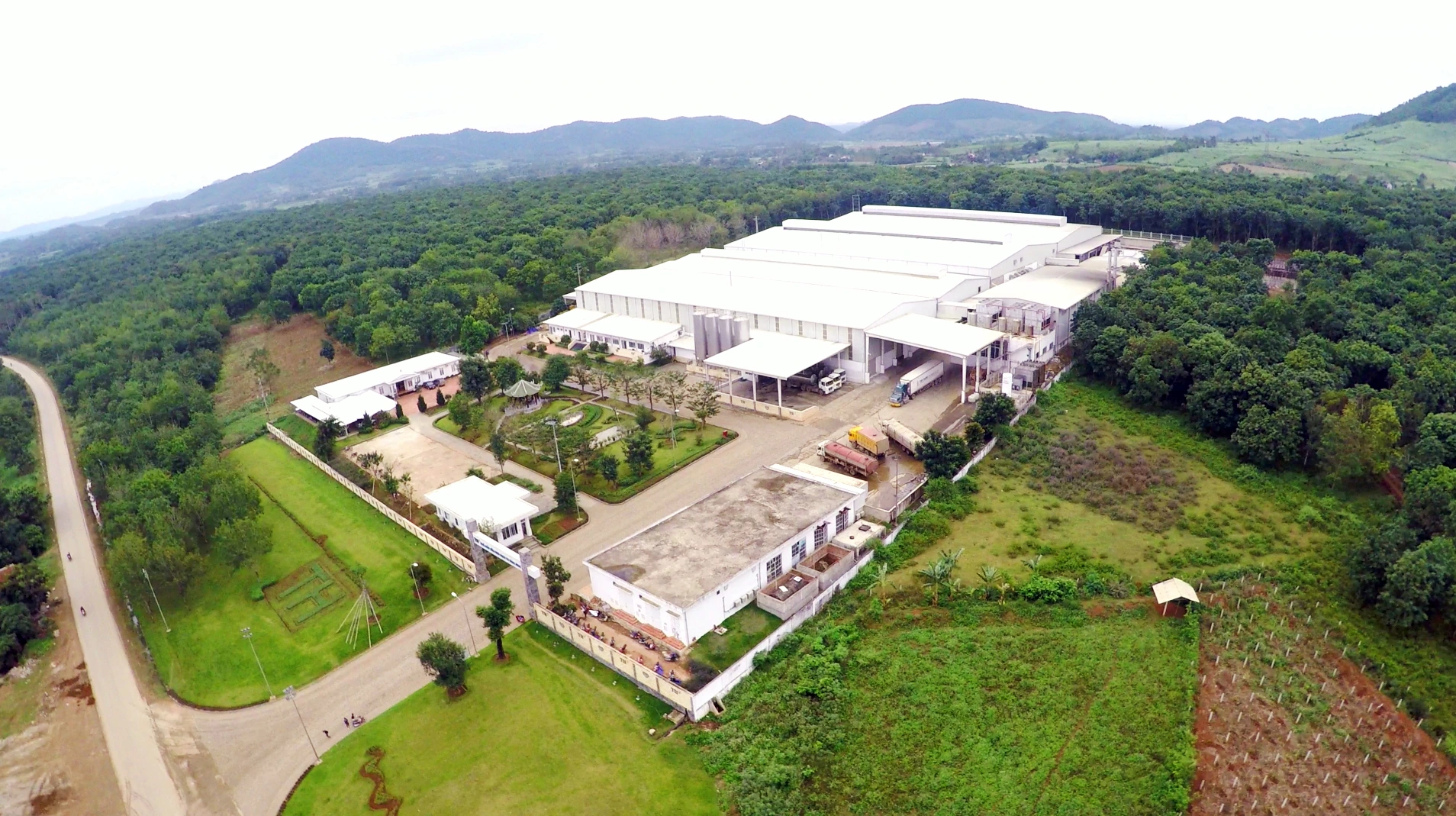

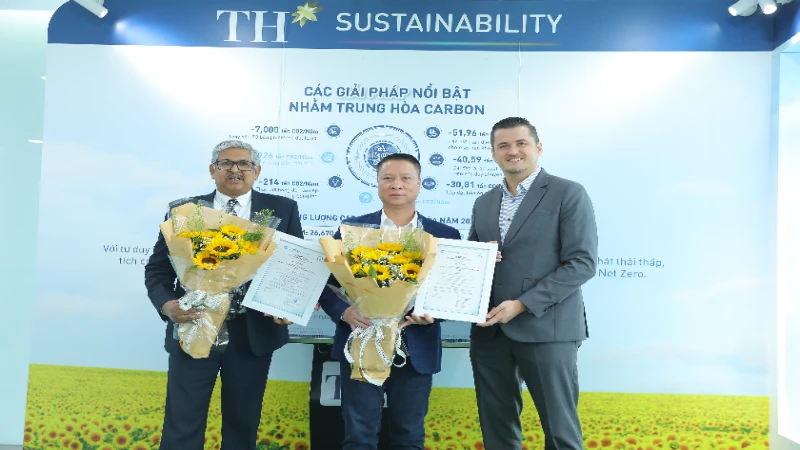



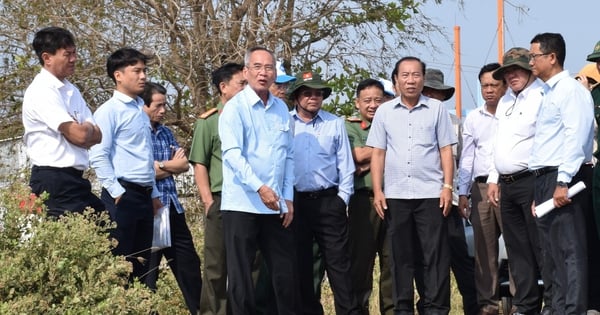



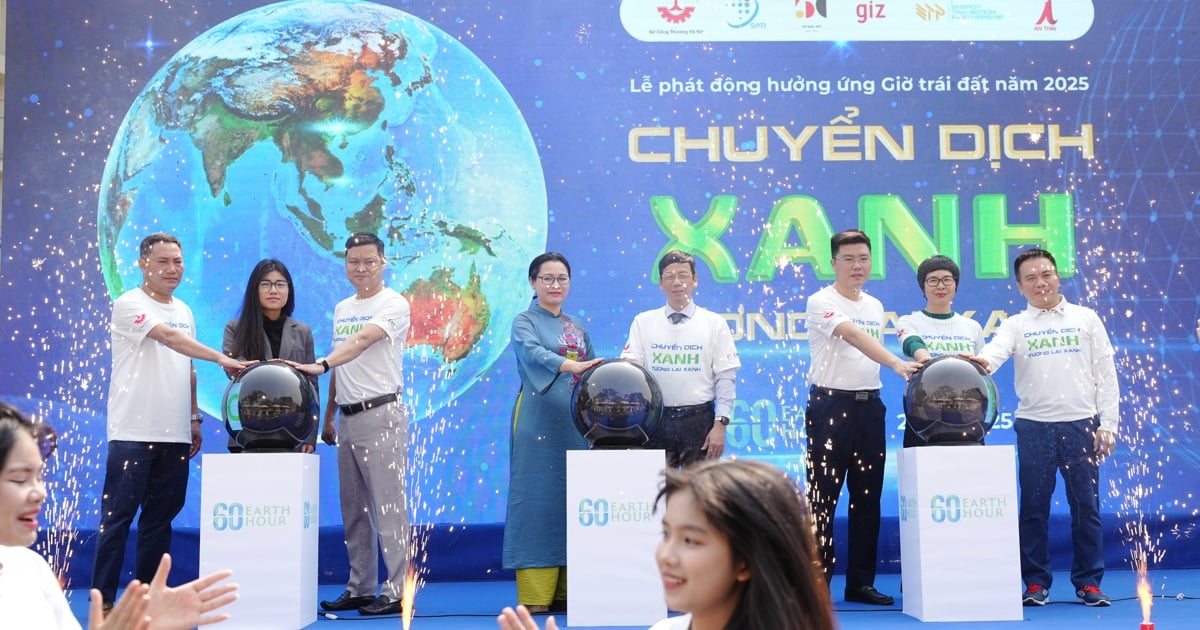






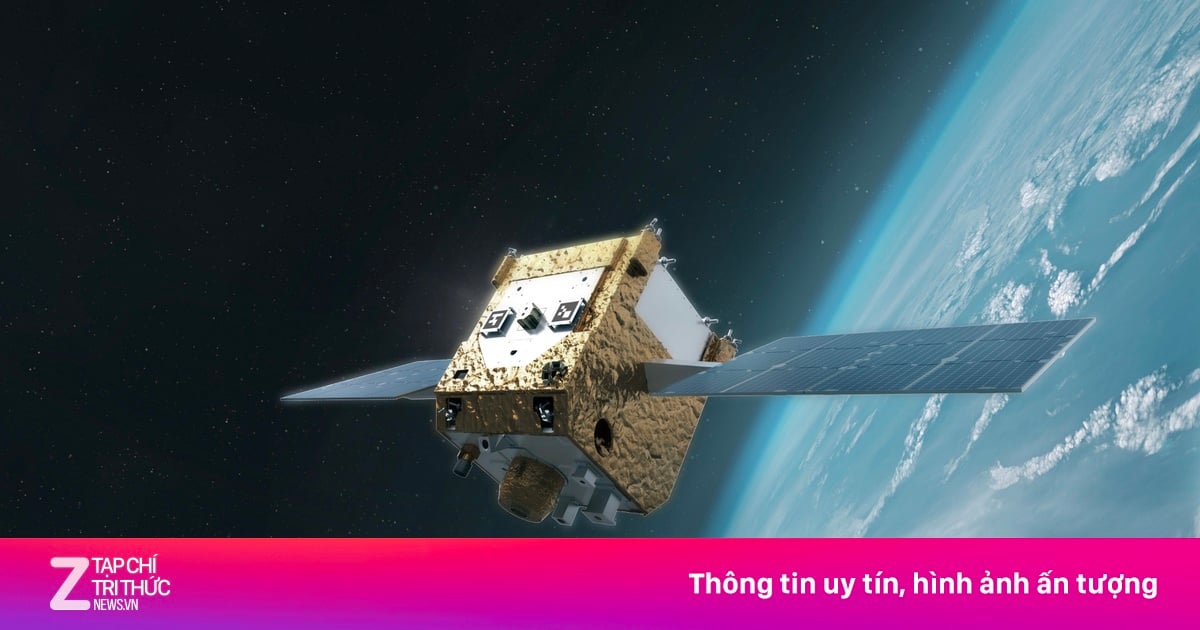





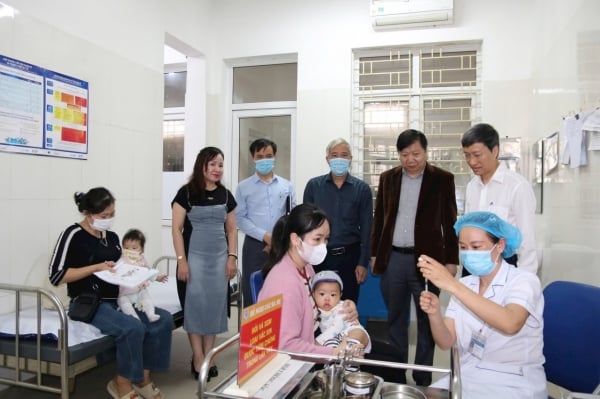











































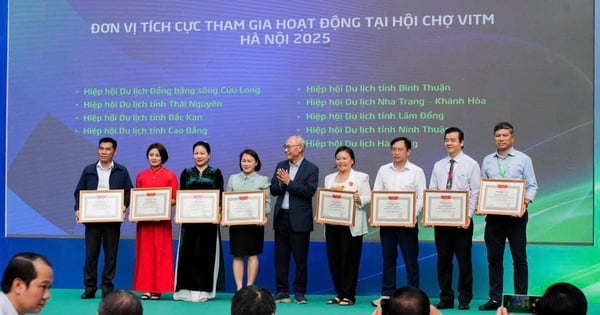






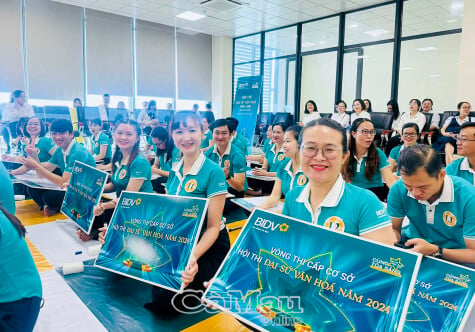




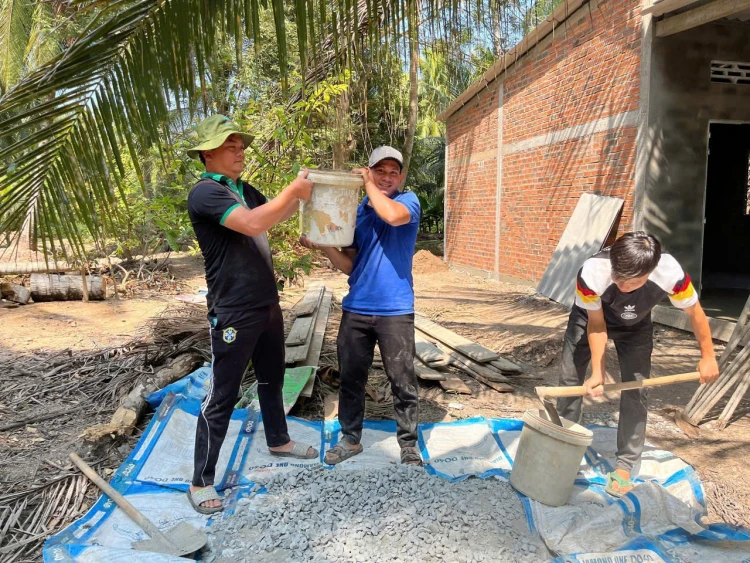











Comment (0)